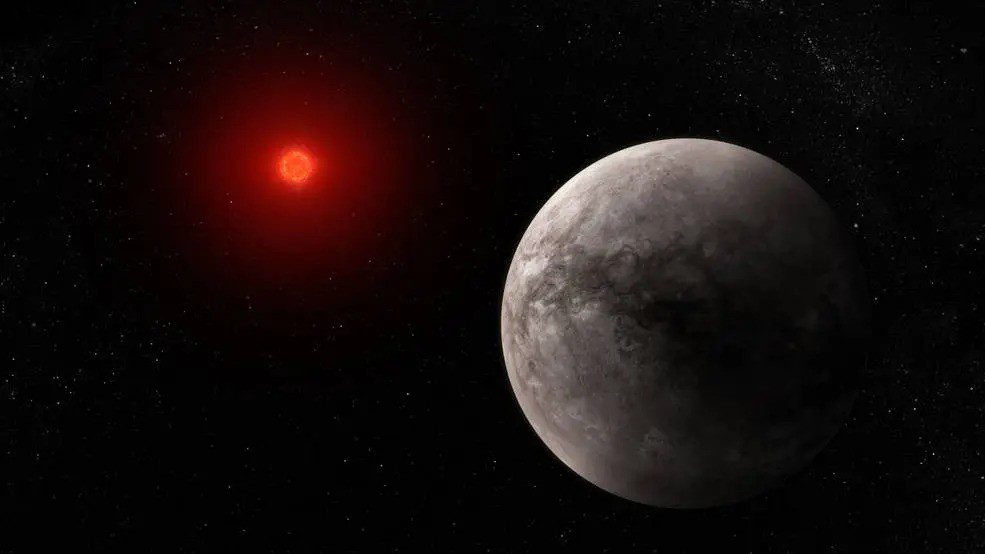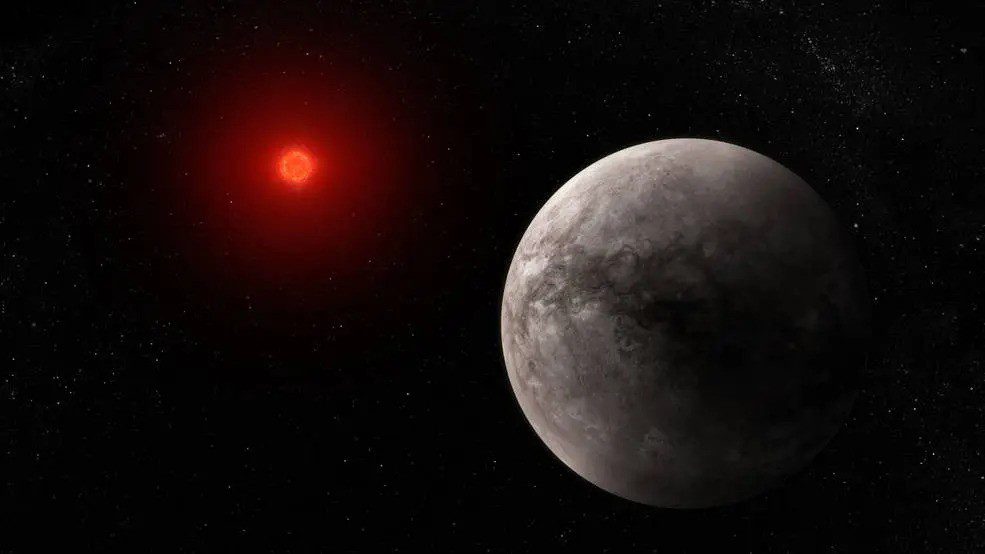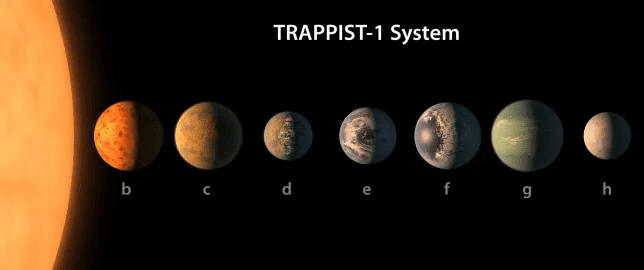Light has been detected from a planet similar to Earth – but it has no atmosphere.
Nasa’s infrared Spitzer Space Telescope discovered several rocky exoplanets orbiting a star known as TRAPPIST-1.
But now, thanks to the James Webb Space Telescope, also known as the Webb, one of the rocky exoplanets orbiting the star has had its temperature measured.
The planet, known as TRAPPIST-1b, emits infrared light and does not emit visible light.
Dr Pierre-Olivier Lagage, a co-author on the study, expressed his desire to study this specific planet and its significance as the first rocky, temperate planet emitting detectable emissions.
‘And it was this one. This is the first time we can detect the emission from a rocky, temperate planet. It’s a really important step in the story of discovering exoplanets.’
Researchers found that TRAPPIST-1b is extremely hot, with a temperature of approximately 230C similar to that of an oven.
However, despite the likely absence of an atmosphere, this planet is the first of its kind to emit any form of light compared to the rocky planets in our solar system, as per Nasa.
Dr Thomas Greene, a Nasa astrophysicist and lead author, emphasized the advantage of Webb's mid-infrared capability for these observations and mentioned that no previous telescopes had the sensitivity to measure such dim mid-infrared light.
‘No previous telescopes have had the sensitivity to measure such dim mid-infrared light.’
The discovery is an important step in determining the potential for atmospheres to support life on planets orbiting small active stars like TRAPPIST-1.
The seven planets initially caused great excitement as they were all around the size of Earth but orbited an M-dwarf star – the coolest and smallest type of star.
However, TRAPPIST-1 b receives about four times the amount of energy that Earth gets from the Sun as it is the innermost planet.
Previous observations of the planet were insufficient to determine if it had an atmosphere, but simulations of the tide-locked planet suggested that it would have a lower temperature and the heat would be redistributed around both sides by the air. However, the study found a significantly hotter temperature, indicating no atmosphere and ruling out its ability to support human life.
However, the Webb detected a significantly hotter temperature, suggesting it has no atmosphere and, unfortunately, adds to the list of planets that cannot house humans.
The study is published in the journal Nature.












